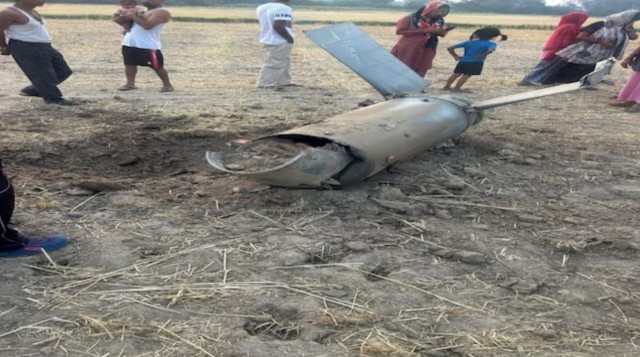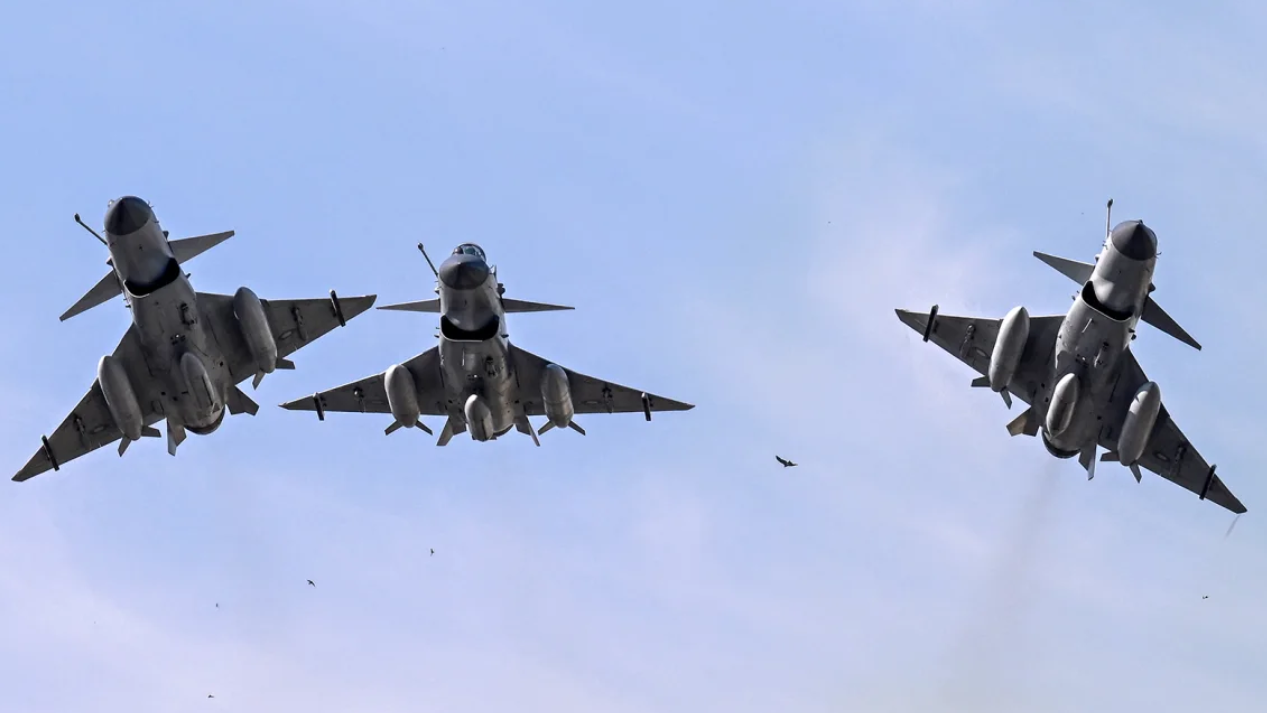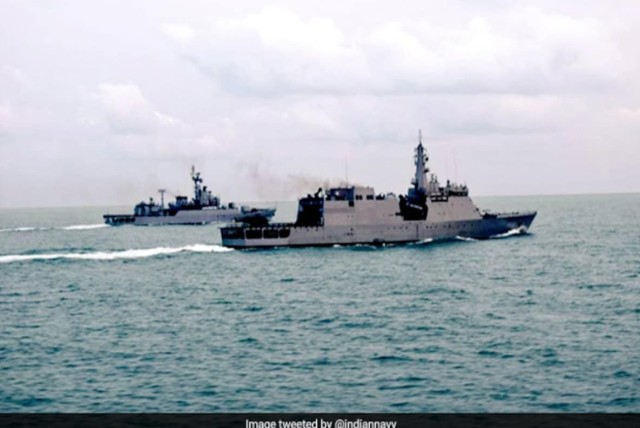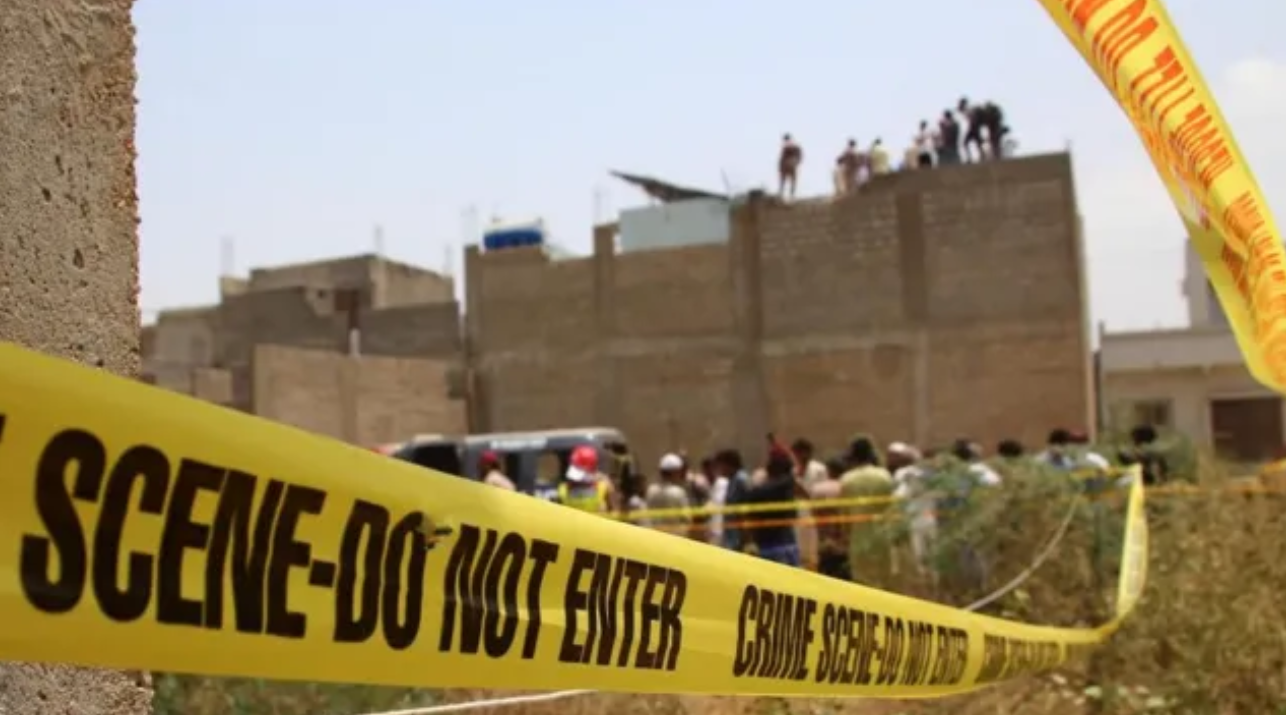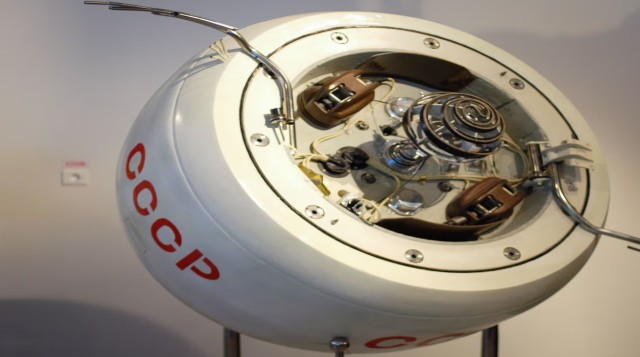
Soviet capsule Venera-4, said to be similar to the lander probe that will re-enter Earth’s atmosphere in the next two days. Photograph: Rave/Wikimedia
A decades-old Soviet spacecraft component is set to make a dramatic return to Earth this weekend. Experts anticipate the lander probe from Kosmos 482—a failed 1972 Venus mission—will re-enter Earth’s atmosphere between May 9 and 10.
Kosmos 482: A Cold War Space Legacy
Launched in March 1972, Kosmos 482 aimed for Venus just days after the Venera 8 probe. However, the mission never left Earth’s orbit. The spacecraft broke into four parts after failing to achieve the correct trajectory. Now, one of those parts—a lander designed to endure Venus's hellish environment—is falling back home.
A Lander Built Like a Tank
According to Professor Marek Ziebart from University College London, this re-entry is unlike typical satellite crashes. Most burn up in the atmosphere due to friction. But Kosmos 482’s lander was made to survive Venus’s scorching heat and corrosive atmosphere.
“Anything sent to Venus must be heavily armored,” Ziebart explained. The 500kg lander, roughly one meter in size, was built to last—and could survive Earth’s re-entry process intact.
It’s Happened Before
This isn’t the first time parts of Kosmos 482 have fallen back to Earth. Soon after its failed launch, debris from the spacecraft landed in New Zealand. This shows the probe has a history of surviving the descent.
NASA reported that the lander originally had a heat shield and parachute to soften its landing. However, after more than 50 years in space, these safety features may no longer function properly.
Where and When? Still Unknown
Despite tracking efforts, the exact location and time of impact remain uncertain. NASA currently estimates the lander could fall anywhere between 52 degrees north and 52 degrees south latitude. This vast zone includes much of Europe, the UK, the Americas, Africa, Australia, and many other regions.
“It’s not going to crash at the poles,” Ziebart clarified. But uncertainty will linger until just before re-entry.
The Risk Factor
While the lander is heavy and could cause damage if it lands in a populated area, experts stress the odds are low. Roughly 72% of the Earth’s surface is water, making an ocean splashdown far more likely.
Still, Ziebart warned, “This is uncontrolled re-entry. We can’t steer it, but we can track it.” Tracking relies on ground-based radar and telescopes—tools not always available in remote or under-monitored regions.
Final Approach
As Kosmos 482’s lander speeds toward Earth, scientists remain on high alert. Its unusual durability, combined with the mystery of its landing site, makes this one of the more intriguing re-entry events in recent years. Stay tuned, and keep an eye on the sky—history is falling back to Earth




